-
 English
English
-
Dollar $
- Dollar ($)
- 澳大利亚元 ($)
- Real Brasileiro (R$)
- Dollar canadien ($)
- Koruna česká (Kč)
- Dansk krone (kr)
- Euro (€)
- 香港元 ($)
- Forint (Ft)
- שקל חדש (₪)
- 円 (¥)
- Ringgit Malaysia (RM)
- Peso mexicano ($)
- Norsk krone (kr)
- 新台币 (NT$)
- Piso (₱)
- złoty (zł)
- Pound sterling (£)
- Рубль (₽)
- Dolar Singapura ($)
- Krona (kr)
- Schweizer Franken (CHF)
- บาท (฿)
- বাংলাদেশ টাকা (৳)
- 人民币 (¥)
- درهم إماراتي (د.إ)
- افغان افغانی (؋)
- դրամ (֏)
- Kwanza Angolano (Kz)
- Peso argentino ($)
- Azərbaycan manatı (₼)
- Konvertibilna marka (KM)
- Български лев (лв)
- دينار بحريني (.د.ب)
- Brunei Dollar ($)
- Boliviano (Bs.)
- Pula (P)
- Беларуская рубль (Br)
- Franc congolais (Fr)
- Peso colombiano ($)
- دينار جزائري (دج)
- جنيه مصري (ج.م)
- ብር (ብር)
- Franc guinéen (Fr)
- Quetzal guatemalteco (Q)
- Lempira (L)
- Kuna (kn)
- Rupiah (Rp)
- रुपया (₹)
- دينار عراقي (د.ع)
- ريال إيراني (﷼)
- دينار أردني (د.ا)
- Shillingi (Sh)
- Сом (сом)
- រៀល (៛)
- 원 (₩)
- دينار كويتي (د.ك)
- Теңге (₸)
- Kip (₭)
- ليرة لبنانية (ل.ل)
- රුපියල් (Rs)
- Liberian Dollar ($)
- Latvian Lats (Ls)
- دينار ليبي (ل.د)
- درهم مغربي (د.م.)
- Roupie mauricienne (₨)
- Metical (MT)
- Namibian Dollar ($)
- Naira (₦)
- New Zealand Dollar ($)
- ريال عماني (ر.ع.)
- Balboa (B/.)
- Nuevo sol (S/.)
- Kina (K)
- روپیہ (₨)
- ريال قطري (ر.ق)
- Leu (lei)
- Динар (Рс)
- ريال سعودي (ر.س)
- جنيه سوداني (ج.س)
- Surinaamse Dollar ($)
- сомони (SM)
- دينار تونسي (د.ت)
- Türk Lirası (₺)
- Shillingi (Sh)
- Гривня (₴)
- Peso uruguayo ($)
- soʻm (сўм)
- Đồng (₫)
- CFA franc (CFA)
- CFA franc (CFA)
- ريال يمني (ر.ي)
- Rand (R)
- Zimbabwean Dollar ($)
- Unknown Currency (Unknown Symbol)
- Unknown Currency (Unknown Symbol)
-
-
 English
English
-
Dollar $
- Dollar ($)
- 澳大利亚元 ($)
- Real Brasileiro (R$)
- Dollar canadien ($)
- Koruna česká (Kč)
- Dansk krone (kr)
- Euro (€)
- 香港元 ($)
- Forint (Ft)
- שקל חדש (₪)
- 円 (¥)
- Ringgit Malaysia (RM)
- Peso mexicano ($)
- Norsk krone (kr)
- 新台币 (NT$)
- Piso (₱)
- złoty (zł)
- Pound sterling (£)
- Рубль (₽)
- Dolar Singapura ($)
- Krona (kr)
- Schweizer Franken (CHF)
- บาท (฿)
- বাংলাদেশ টাকা (৳)
- 人民币 (¥)
- درهم إماراتي (د.إ)
- افغان افغانی (؋)
- դրամ (֏)
- Kwanza Angolano (Kz)
- Peso argentino ($)
- Azərbaycan manatı (₼)
- Konvertibilna marka (KM)
- Български лев (лв)
- دينار بحريني (.د.ب)
- Brunei Dollar ($)
- Boliviano (Bs.)
- Pula (P)
- Беларуская рубль (Br)
- Franc congolais (Fr)
- Peso colombiano ($)
- دينار جزائري (دج)
- جنيه مصري (ج.م)
- ብር (ብር)
- Franc guinéen (Fr)
- Quetzal guatemalteco (Q)
- Lempira (L)
- Kuna (kn)
- Rupiah (Rp)
- रुपया (₹)
- دينار عراقي (د.ع)
- ريال إيراني (﷼)
- دينار أردني (د.ا)
- Shillingi (Sh)
- Сом (сом)
- រៀល (៛)
- 원 (₩)
- دينار كويتي (د.ك)
- Теңге (₸)
- Kip (₭)
- ليرة لبنانية (ل.ل)
- රුපියල් (Rs)
- Liberian Dollar ($)
- Latvian Lats (Ls)
- دينار ليبي (ل.د)
- درهم مغربي (د.م.)
- Roupie mauricienne (₨)
- Metical (MT)
- Namibian Dollar ($)
- Naira (₦)
- New Zealand Dollar ($)
- ريال عماني (ر.ع.)
- Balboa (B/.)
- Nuevo sol (S/.)
- Kina (K)
- روپیہ (₨)
- ريال قطري (ر.ق)
- Leu (lei)
- Динар (Рс)
- ريال سعودي (ر.س)
- جنيه سوداني (ج.س)
- Surinaamse Dollar ($)
- сомони (SM)
- دينار تونسي (د.ت)
- Türk Lirası (₺)
- Shillingi (Sh)
- Гривня (₴)
- Peso uruguayo ($)
- soʻm (сўм)
- Đồng (₫)
- CFA franc (CFA)
- CFA franc (CFA)
- ريال يمني (ر.ي)
- Rand (R)
- Zimbabwean Dollar ($)
- Unknown Currency (Unknown Symbol)
- Unknown Currency (Unknown Symbol)
-
- Home
- All products
- Blogs
- About Us

What is Jacquard Fabric? A Complete Guide to History, Types, and Uses
Jacquard fabric is known for its intricate patterns and luxurious appearance. Widely used in high-end fashion, home décor, and upholstery, it represents elegance and sophistication. If you're unfamiliar with Jacquard fabric, this comprehensive guide will walk you through its definition, history, production process, various types, and practical applications.
What is Jacquard Fabric?
Jacquard fabric is a type of textile produced using a specialized loom called the Jacquard loom, invented by French artisan Joseph Marie Jacquard in 1804. Unlike traditional woven fabrics, the defining feature of Jacquard fabric is that its patterns are woven directly into the fabric rather than being printed or embroidered on the surface. This makes the designs an integral part of the fabric, ensuring both durability and visual appeal.
Jacquard fabric can be made from various fibers such as cotton, silk, wool, and synthetic materials, and it is used in products ranging from lightweight garments to heavy upholstery.
[插入图片:Jacquard面料图案的特写]
[插入内部链接:链接到有关Jacquard织机的相关文章,例如"How Jacquard Looms Work"]
History of Jacquard Fabric
Before the invention of the Jacquard loom, creating patterned fabrics such as brocade and damask was a highly labor-intensive process. Only the wealthiest segments of society could afford these luxurious fabrics. The Jacquard loom revolutionized the industry by automating the process, significantly lowering production costs, and making intricate fabrics more accessible.
The Jacquard loom’s punched-card mechanism is considered one of the earliest forms of programmable technology. It influenced the development of modern computing, inspiring inventors like Charles Babbage, who later created the analytical engine, a precursor to computers. The loom’s innovation laid the groundwork for the digital age.
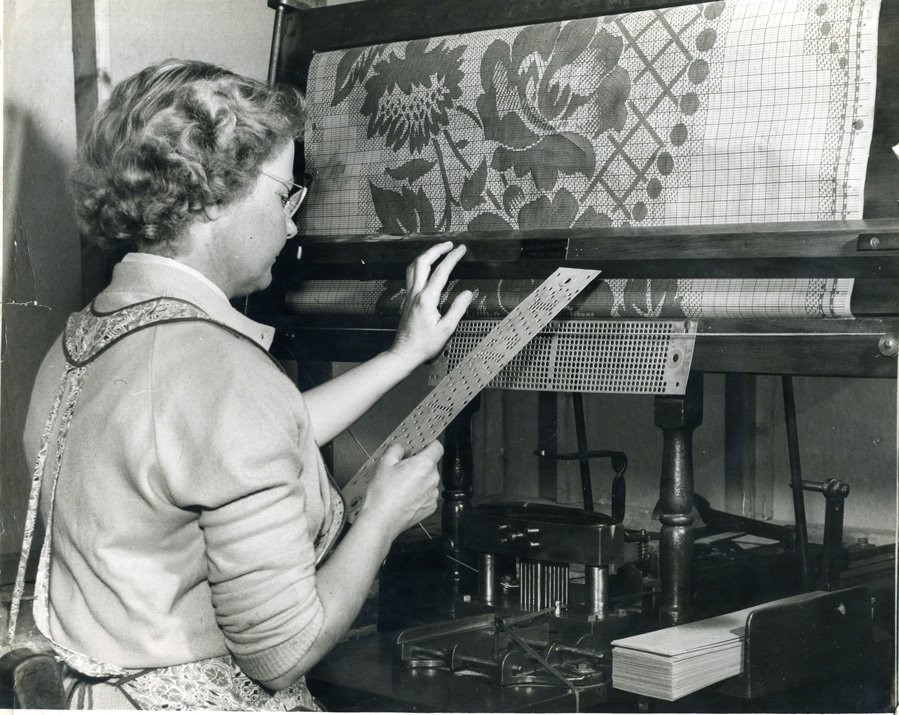
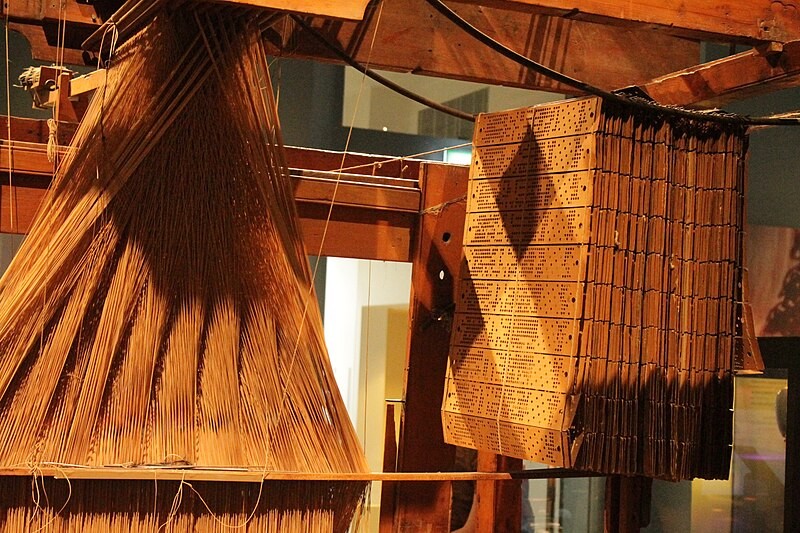
Jacquard machine(From Wikipedia, the free encyclopedia)
How is Jacquard Fabric Made?
The process of creating Jacquard fabric involves several steps, each crucial for crafting the unique, intricate patterns that define the fabric.
Acquiring the Fiber
Jacquard fabric can be made from various fibers, including cotton, silk, wool, or synthetic materials. Natural fibers are sourced from plants and animals, while synthetics come from petroleum-based products.
Spinning the Yarn
The fibers are spun into yarn, which can be dyed and adjusted for thickness to achieve the desired texture.
Programming the Jacquard Loom
Modern Jacquard looms are computer-operated, and digital programs control the weaving of complex patterns. The loom is programmed to create specific designs, making the process both efficient and precise.
Weaving the Fabric
The yarn is fed into the loom, which weaves the fabric into intricate patterns. Jacquard looms can produce multiple patterns at once, increasing production speed.
Post-Production Treatments
Once woven, the fabric may undergo various post-production treatments like dyeing, finishing, or applying coatings to improve its durability, texture, or resistance to heat.
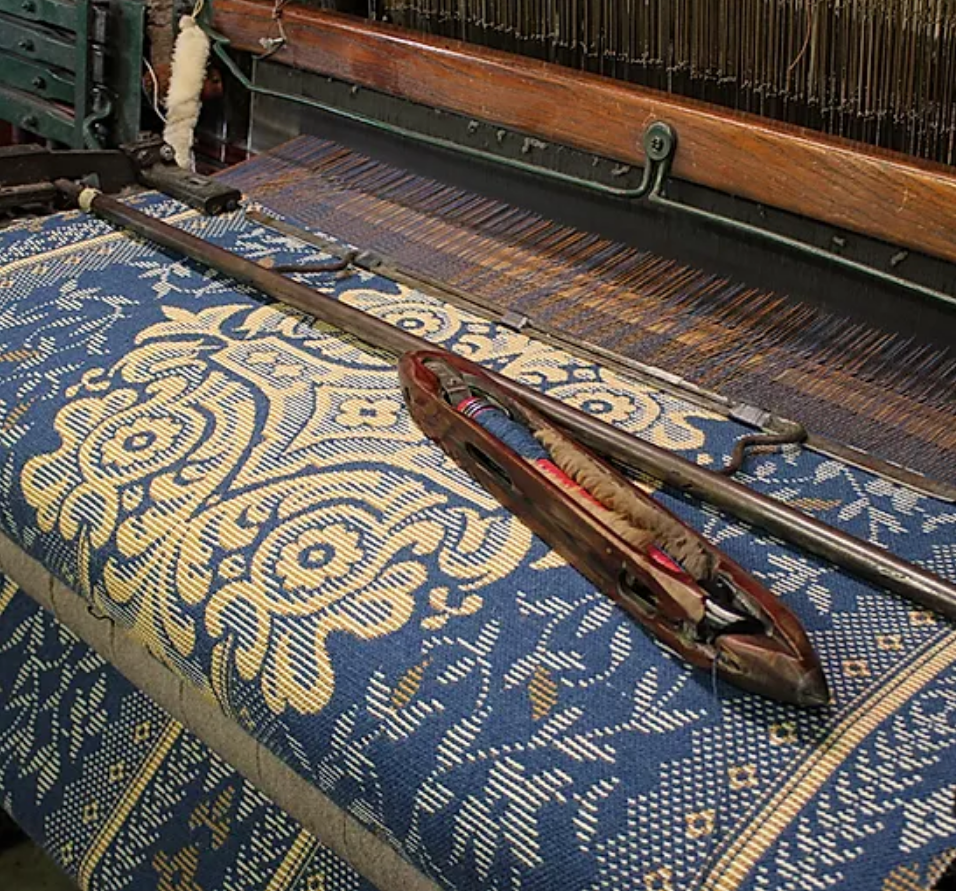
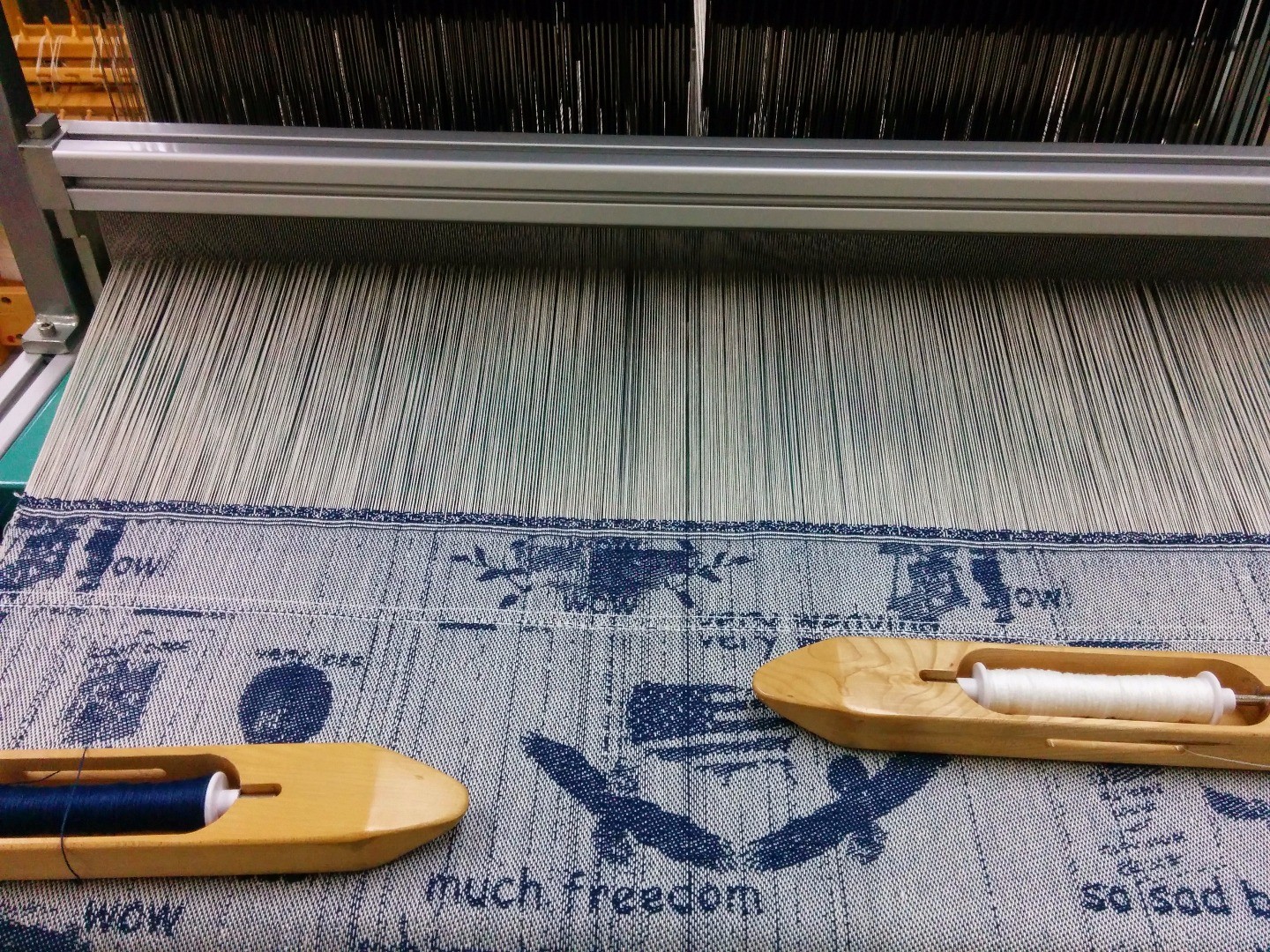
Types of Jacquard Fabric
Jacquard fabric comes in several varieties, each with distinct features and uses. Here are some common types:
Brocade
Brocade is known for its rich, raised patterns. It is often made from silk, but cotton or synthetic fibers can also be used.
Damask
Damask is a reversible fabric with a flat pattern, often made from silk. It is frequently used for home décor, such as curtains and tablecloths.
Matelassé
This fabric features a quilted, textured look, commonly used for bedding and soft furnishings like cushions.
Cotton Jacquard
A more affordable option, cotton Jacquard is used for simpler designs and is often employed in everyday home décor items.
Silk Jacquard
The most luxurious form, silk Jacquard is used for formal attire, upholstery, and high-end tapestries.
Wool Jacquard
Often used for heavier fabrics, wool Jacquard is ideal for winter garments, tapestries, and more durable textiles.
Synthetic Jacquard
Made from man-made fibers, synthetic Jacquard is typically less expensive but still offers a beautiful finish.
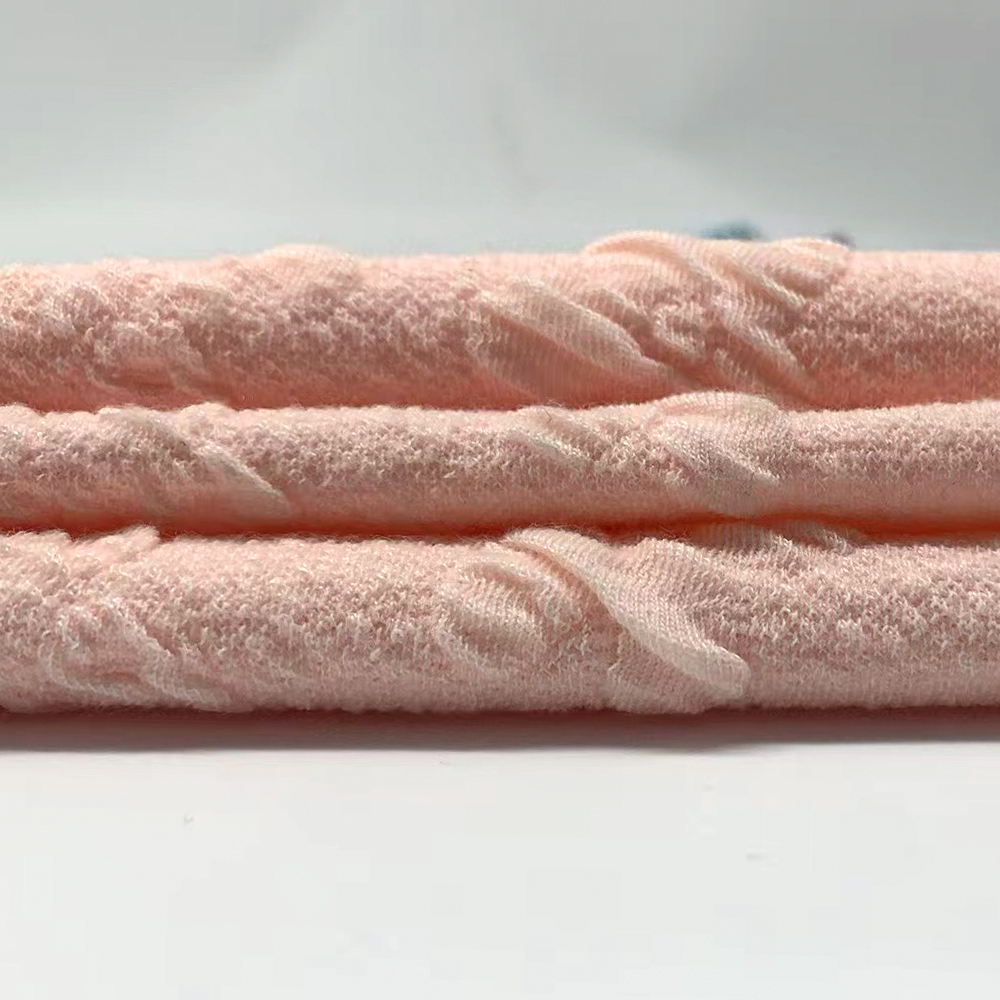
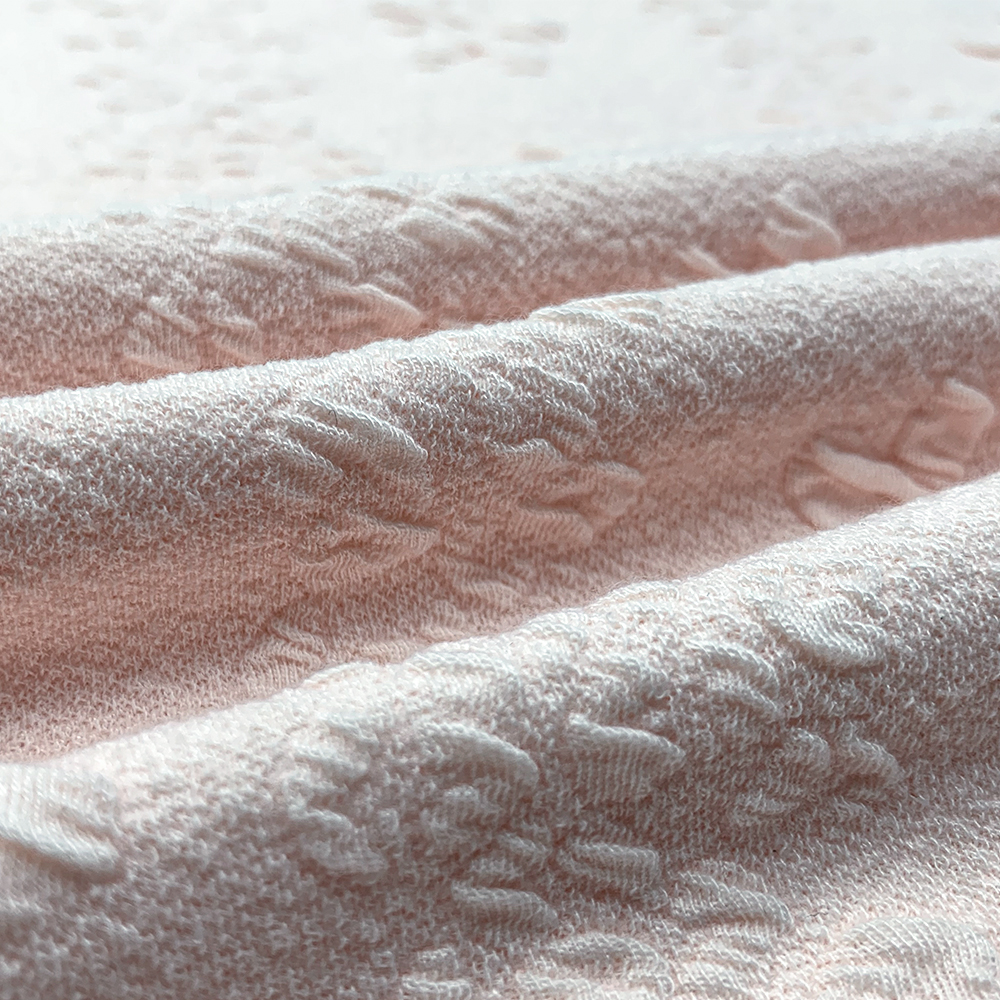
Applications of Jacquard Fabric
Jacquard fabric’s versatility and beauty make it ideal for several high-end applications:
Home Furnishings
Jacquard is commonly used for upholstery, curtains, duvet covers, and throw pillows, lending a luxurious and elegant look to living spaces.
Apparel
While Jacquard is most often used in evening wear, tailored suits, and formal dresses, it is also found in casual fashion for those seeking intricate designs in everyday clothing.
Interior Decor
Beyond clothing, Jacquard fabric is popular in wall hangings, decorative cushions, and other interior décor pieces, enhancing the overall ambiance with its texture and detail.
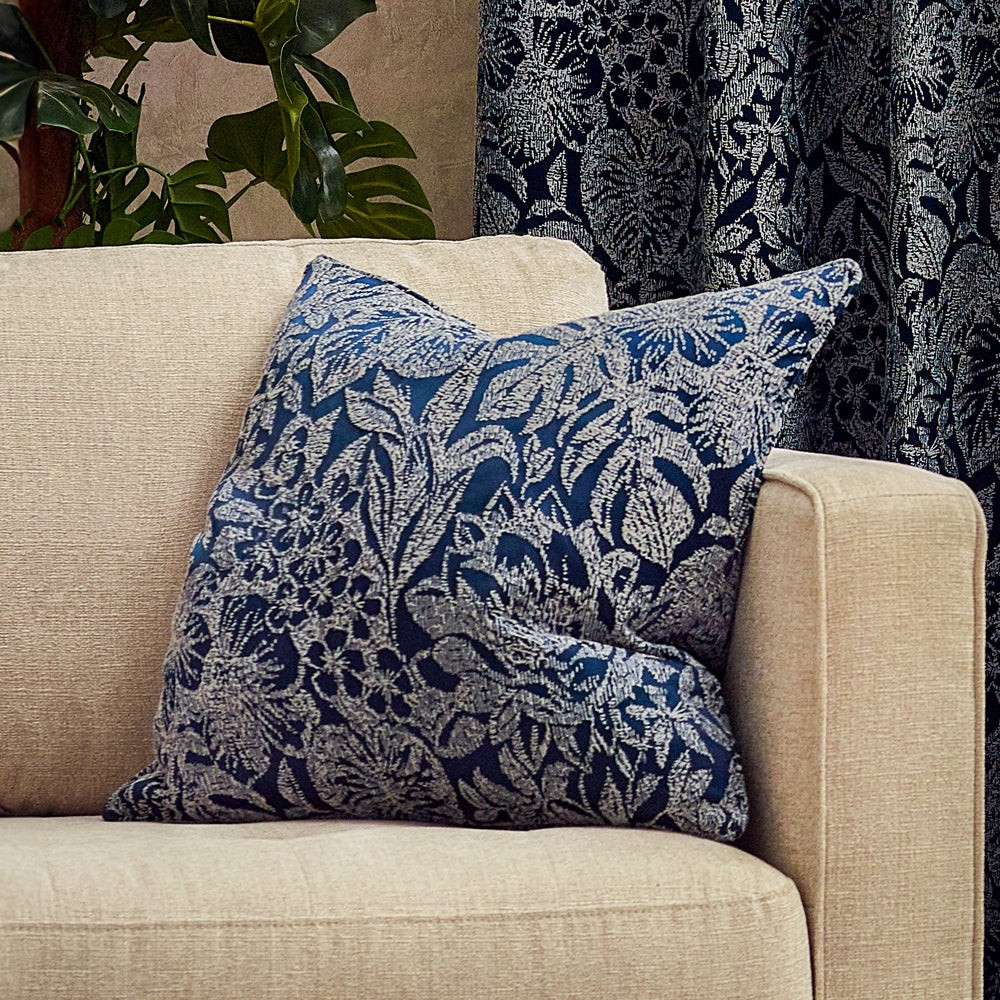
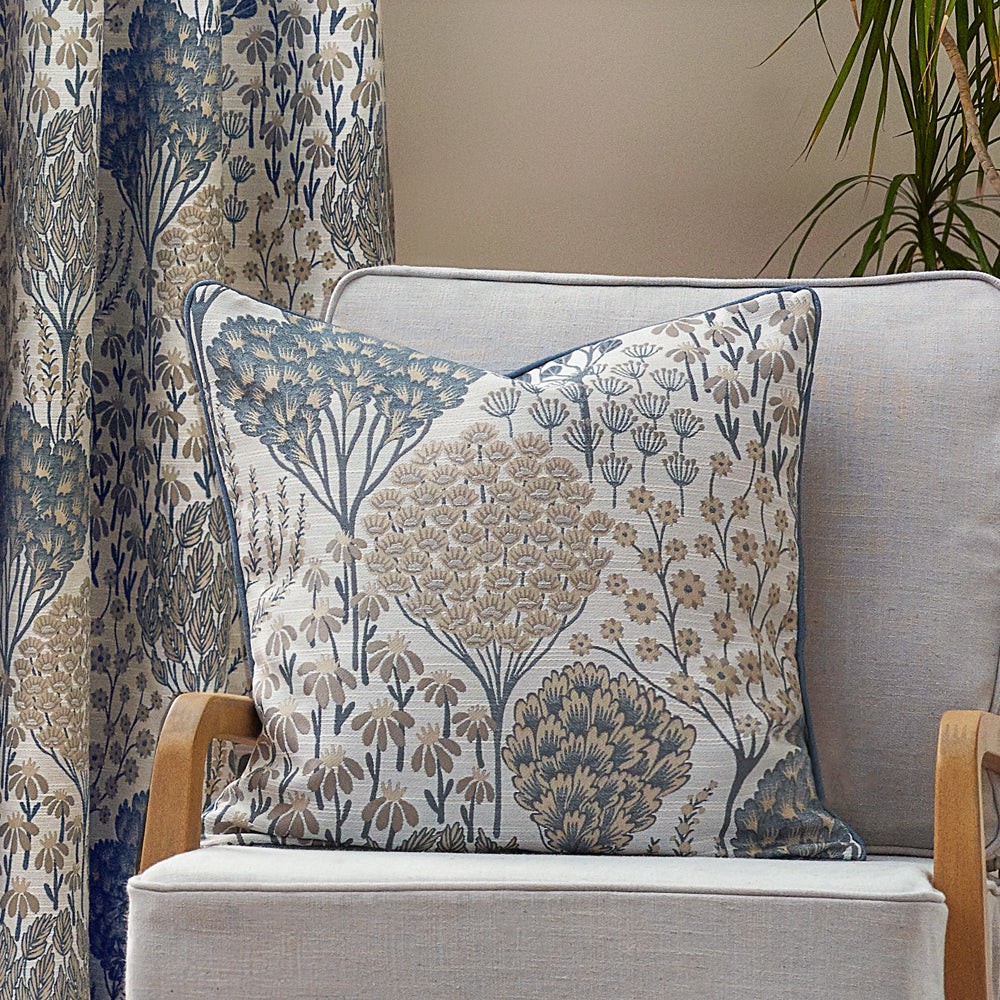
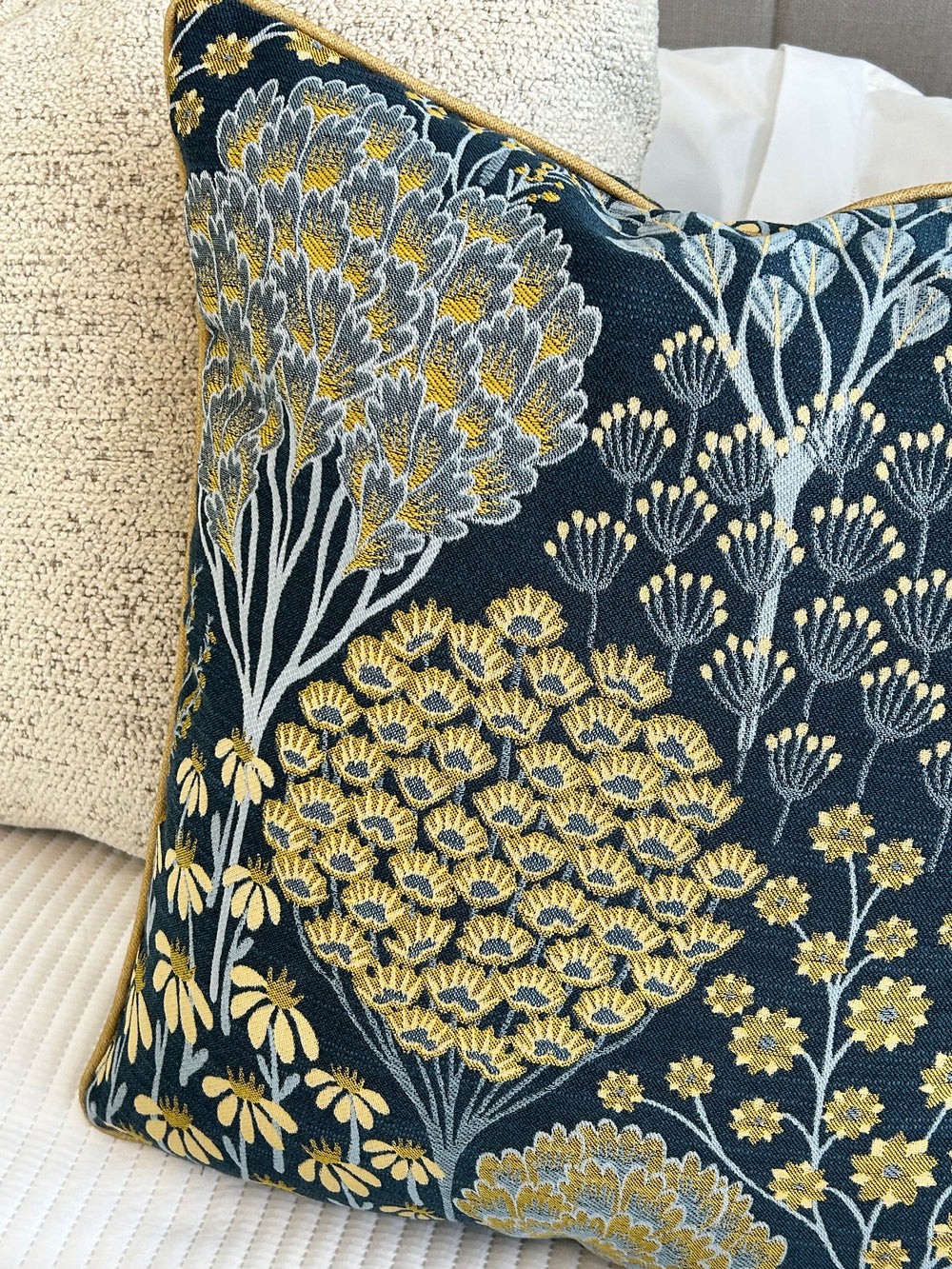
Where is Jacquard Fabric Produced?
The production of Jacquard fabric is a global industry, with key players contributing significantly:
China: As the largest producer of Jacquard fabrics, China dominates the textile industry, producing both raw fibers and finished fabrics.
India: A major producer of cotton, India plays a vital role in the production of Jacquard fabrics, particularly those made from cotton.
Australia: Known for its high-quality wool, Australia is a key supplier of wool Jacquard fabrics, especially for tapestries and winter garments.
Cost of Jacquard Fabric
While Jacquard fabric is generally more affordable than it was historically, its price still depends on several factors:
Design Complexity: Intricate patterns lead to higher costs due to the additional time and effort required to weave them.
Material Type: Fabrics made from high-quality fibers like silk or wool are more expensive than those made from synthetic materials.
Production Scale: Large-scale production helps reduce costs, benefiting from economies of scale.
Environmental Impact of Jacquard Fabric
The environmental impact of Jacquard fabric largely depends on the fibers used:
Natural Fibers: Cotton, silk, and wool are more sustainable but can have environmental drawbacks. Cotton farming is water-intensive, while wool production can cause soil erosion.
Synthetic Fibers: Materials like polyester and nylon are not biodegradable and are produced using toxic chemicals, contributing to pollution.
For more sustainable options, organic or recycled fibers are a better choice.
The impact of textile production and waste on the environment (infographics)
Jacquard Fabric Certifications
Various certifications ensure that Jacquard fabric is produced sustainably and ethically. Some of these include:
OEKO-TEX and Global Recycle Standard (GRS) for recycled and natural fibers.
Woolmark for high-quality wool products.
Silk Mark for authentic silk.
USDA Organic and European Commission Organic certifications for organic fibers.
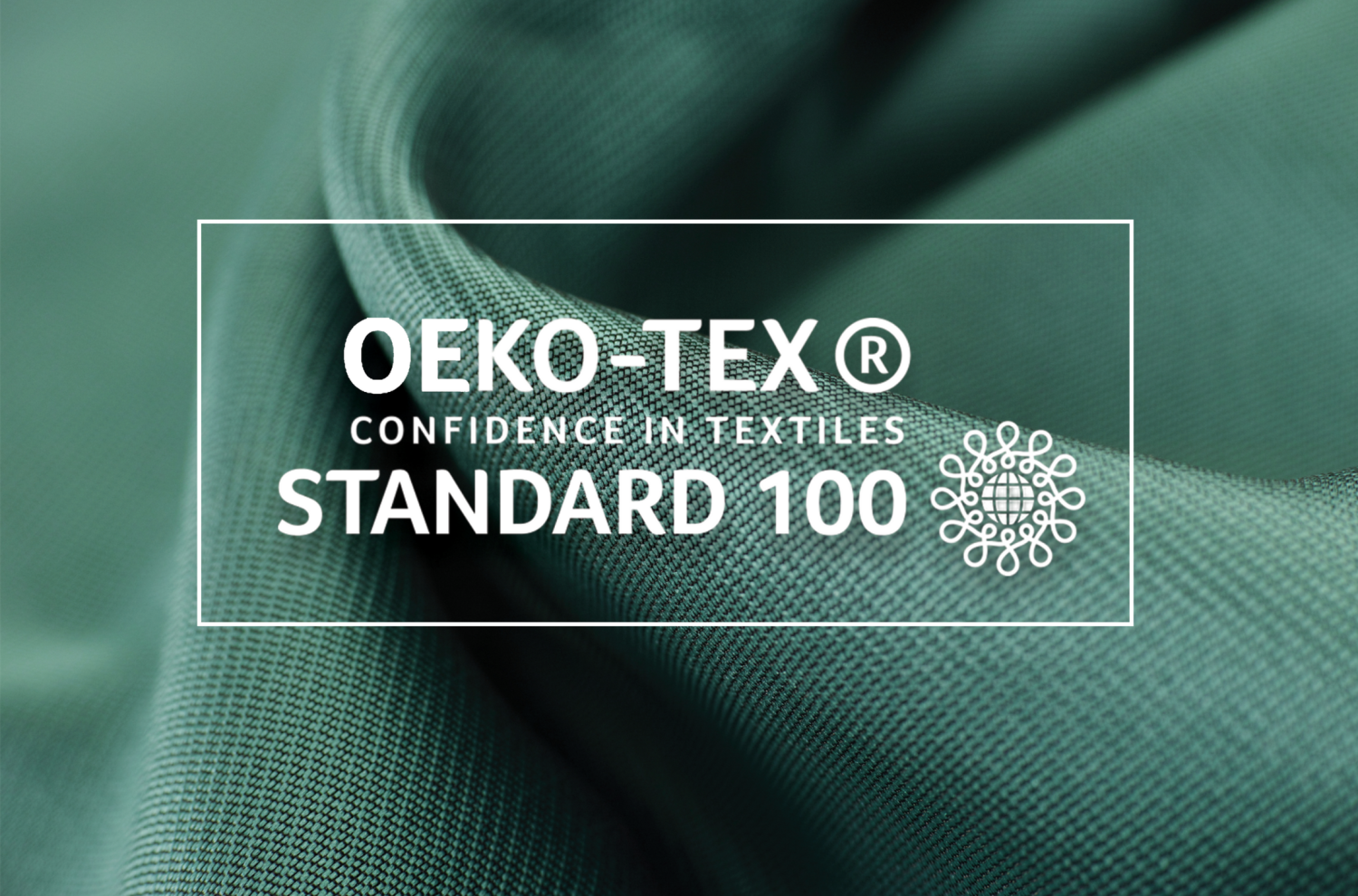
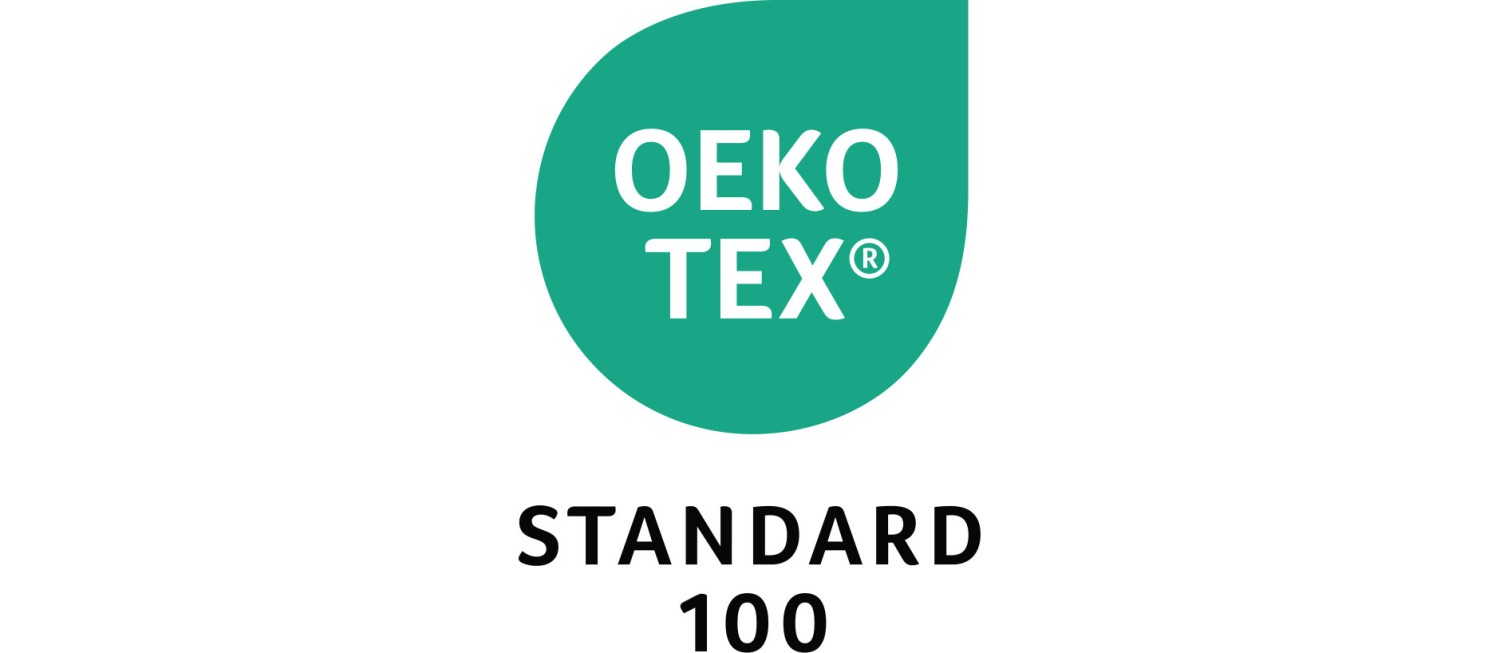
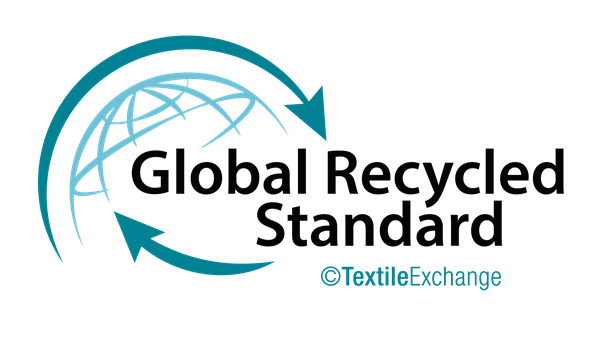
OEKO-TEX® standards enable everyone to make responsible decisions and protect natural resources.
Conclusion
Jacquard fabric remains a symbol of luxury and elegance, whether in the form of high-end fashion, home décor, or upholstery. Its intricate patterns and durable structure make it a prized material for those seeking sophistication and quality. From its rich history to its modern-day applications, Jacquard fabric continues to be a versatile and timeless textile that adds beauty and refinement to any setting.
Call to Action
Interested in exploring the world of Jacquard fabric further? Browse through our collection of Jacquard textiles or leave a comment below with any questions. Whether you're looking for elegant home furnishings or luxurious formalwear, Jacquard fabric offers the perfect blend of style and substance.
Contact Info
- Address: 1st Floor, Building 1, Langfeng Industrial Park, Zhangcha Street, Chancheng District, Foshan, Guangdong, China
- Phone: +86 18823154586
- Email: [email protected]
